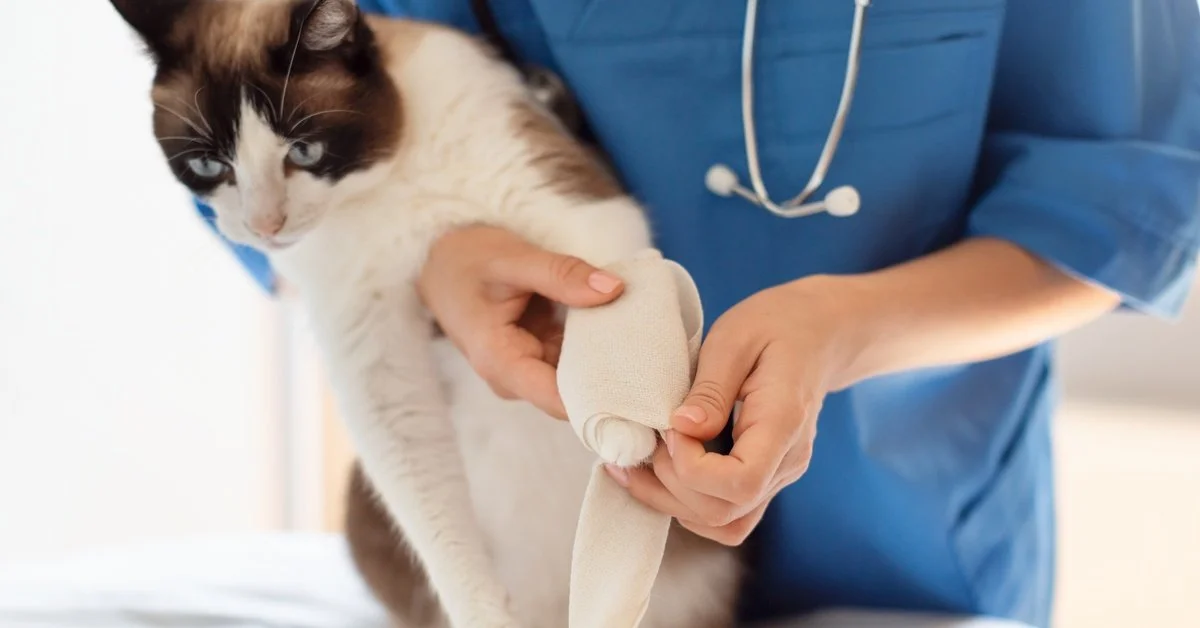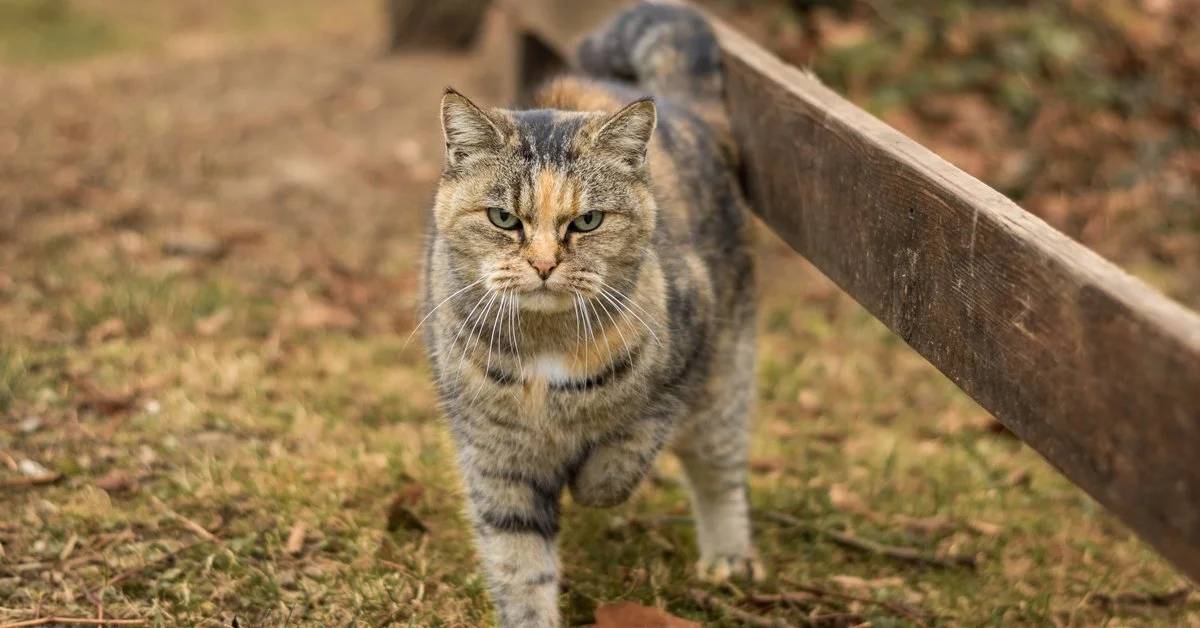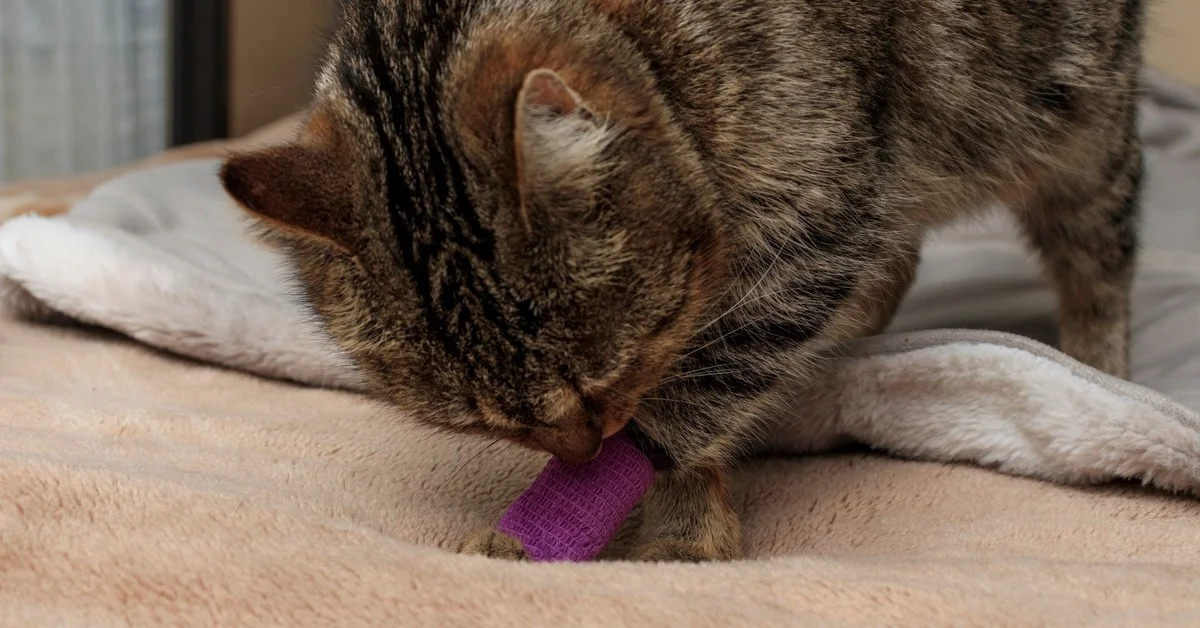Why Your Cat Is Limping and When To Seek Treatment
Cats are usually agile and graceful creatures, so seeing them walking with a limp is an off-putting and troubling sight. Sometimes, the issue could be as simple as your cat sleeping on their leg wrong and shaking it off, but other causes could be more serious and require medical intervention. If you’ve noticed this behavior in your feline friend, then you must figure out why your cat is limping and know when to seek treatment.
Here are just a few of the common causes of limping in cats. This post will also discuss what you can do to help your pet, including what actions you may need to take if matters get serious. Staying cognizant of symptoms can help you catch the problem early so your cat can get back on their feet.
Recognizing the Signs of Limping in Cats
A limping cat isn’t always obvious because felines hide their pain well. It can be something as subtle as your cat favoring one leg over another or moving a little slower than usual. Your cat may avoid certain activities they normally do, like jumping or climbing, or they may do them anyway but struggle.
Some cats may try to vocalize their discomfort through meows or growls, while others rely on body language like licking the affected area or holding the leg out at an unusual angle. There’s no universal sign that a cat has a limp, so sometimes, it helps to look for small differences in your furry friend’s behavior.
Minor Injuries That May Cause A Limp
Just because your cat is limping doesn’t mean it’s necessarily serious. Cats can experience minor injuries that may cause limping, such as a sprained muscle or stepping on something wrong. For instance, maybe they jumped from a taller height than usual and put extra strain on their joints, leading to a minor limp.
Most of the time, these injuries go away within a few days after resting and taking it easy. However, it’s still a good idea to keep an eye on your cat and make sure the problem doesn’t get worse. If it does, then at that point, it’s time to call your veterinarian.
When Limping Could Indicate a More Serious Injury
If you let your cat roam outdoors, they may come back with a limp due to an external wound. Perhaps they stepped on a piece of glass or sharp thorns, resulting in a cut or puncture. In a worst-case scenario, they may have bites or scratches from another animal, which are not only painful but come with the risk of infection and swelling that make movement more painful.
If you notice visible wounds on your cat and they’ve been outdoors unsupervised, keep the injured area clean and watch for signs of infection like redness or oozing. You may need to bring them to a vet if the injury worsens.
Joint Problems in Cats
One common cause of limping, particularly in older cats, is arthritis or other joint issues. These conditions can cause discomfort and a reduced range of motion. Although joint problems typically affect older felines, younger cats can sometimes experience these issues as well.
Limping cats with arthritis may appear stiffer than usual, particularly after they wake up from a nap. Cats with arthritis may also have more trouble grooming themselves and could engage in less physical activity.
Fractures and Dislocations
Another reason your cat limps that may require treatment is fracture or dislocation. These injuries usually happen after more serious incidents, like getting hit with a car or another heavy object or falling from a great height.
Dislocations are immensely painful, and cats will avoid putting weight on the affected limb. They’re likely to cry out or act defensively if you touch the painful area. If your cat went through a recent traumatic injury and you suspect a dislocated limb or fracture, you should seek immediate veterinary care to pinpoint the cause of the problem and get your cat treatment.
Paw Problems and Foreign Objects
In some instances, the problem could be as simple as a foreign object lodged in your cat’s paw. Perhaps a piece of litter or another small object got stuck. Sometimes, a cat may limp from a painful ingrown claw or cracked paw pads. If your cat seems to avoid putting weight on a specific foot, try examining it for anything out of place. You can check for signs of debris, swelling, or external injury, then treat the issue before it worsens.
Neurological Conditions
Neurological disorders can also impact a cat’s mobility and cause limping. Conditions like nerve damage or spinal cord injuries may affect how your cat controls its limbs. Symptoms can include dragging one leg, loss of balance, or difficulty walking in a straight line. Neurological issues often progress over time, so it’s critical to address these concerns with a veterinarian promptly.
The Connection With Obesity
Weight-related issues are another factor to consider when your cat limps. Excess weight puts extra pressure on a cat’s joints and muscles, potentially leading to strain or pain. Overweight cats are also at a greater risk for developing arthritis, which can exacerbate limping. Manage your cat’s weight through portion control and regular exercise to improve their mobility and reduce discomfort.
When To Seek Veterinary Care for a Limping Cat
You may not need to rush your cat to the vet at the first sign of a limp. As mentioned, certain issues may go away on their own with a bit of rest. If you notice your cat limping, monitor them for 24 to 48 hours to see if anything changes. Watch other developing symptoms that may be the result of something more serious.
If you notice swelling, visible injuries, or a reluctance to move, you shouldn’t hesitate to schedule an appointment with a vet. A professional examination can pinpoint the source of the limp and treat it so your cat can restore their mobile lifestyle.
Restoring Comfort and Mobility
Addressing your cat’s limp promptly and effectively is key to helping them get back on their feet. While some cases will resolve with at-home care, others may require specialized treatment or longer-term management plans from a veterinarian.
If your cat has signs of discomfort or a worsening limp, don’t wait to seek professional care. Contact The Complete Pet Animal Hospital today to learn more about our comprehensive veterinary hospital services. Our dedicated team is here to provide the expert attention your furry friend deserves.



